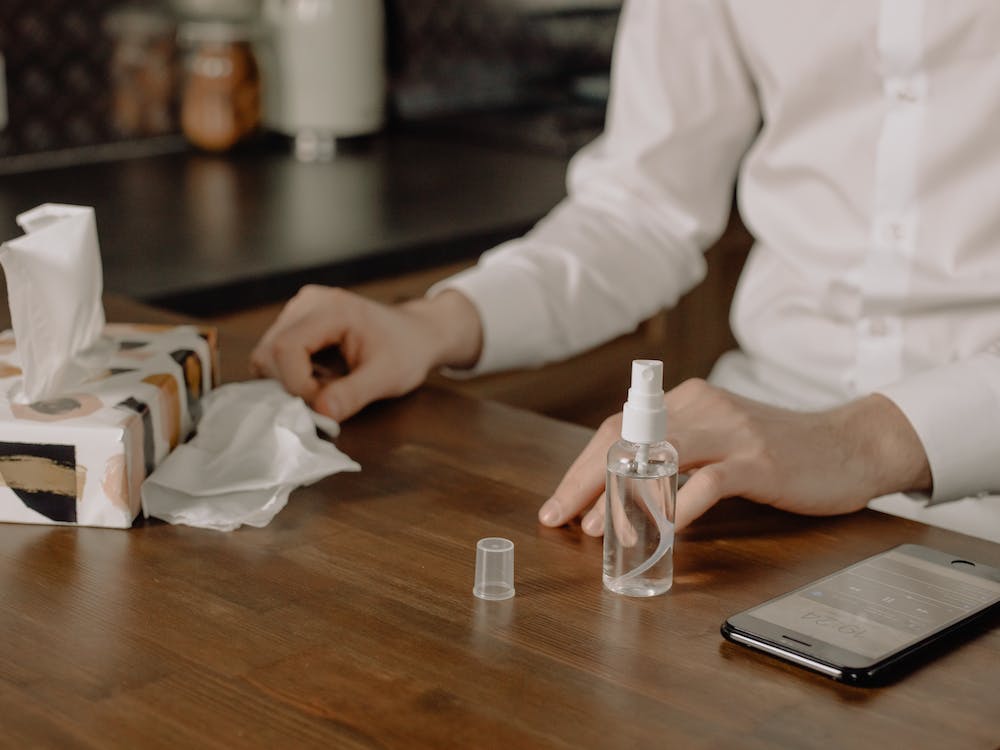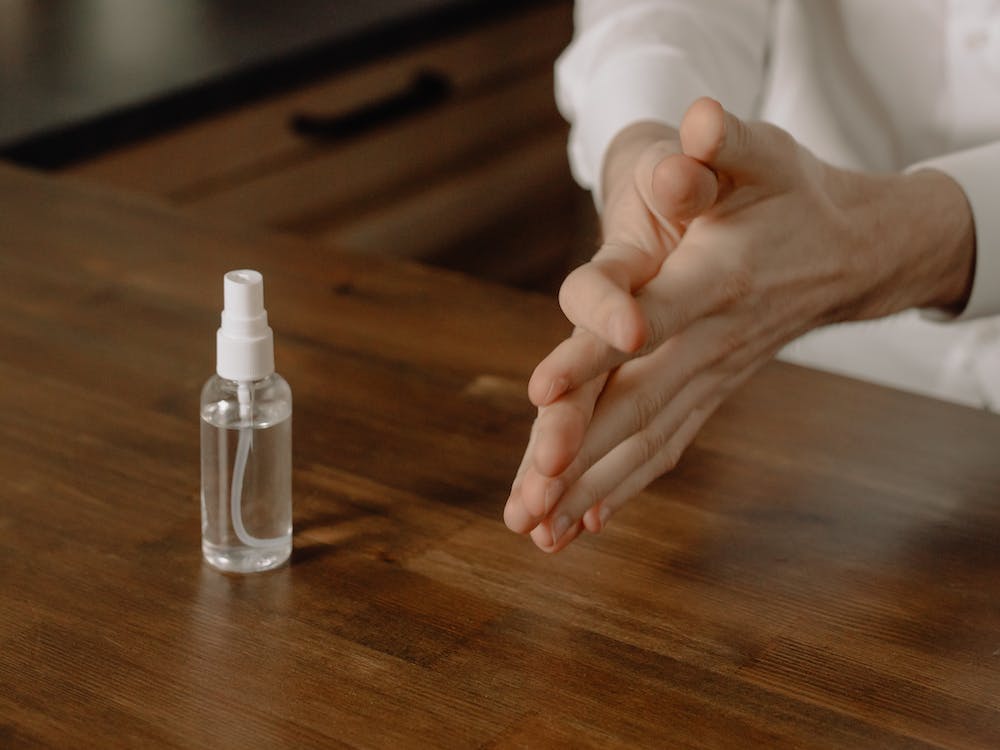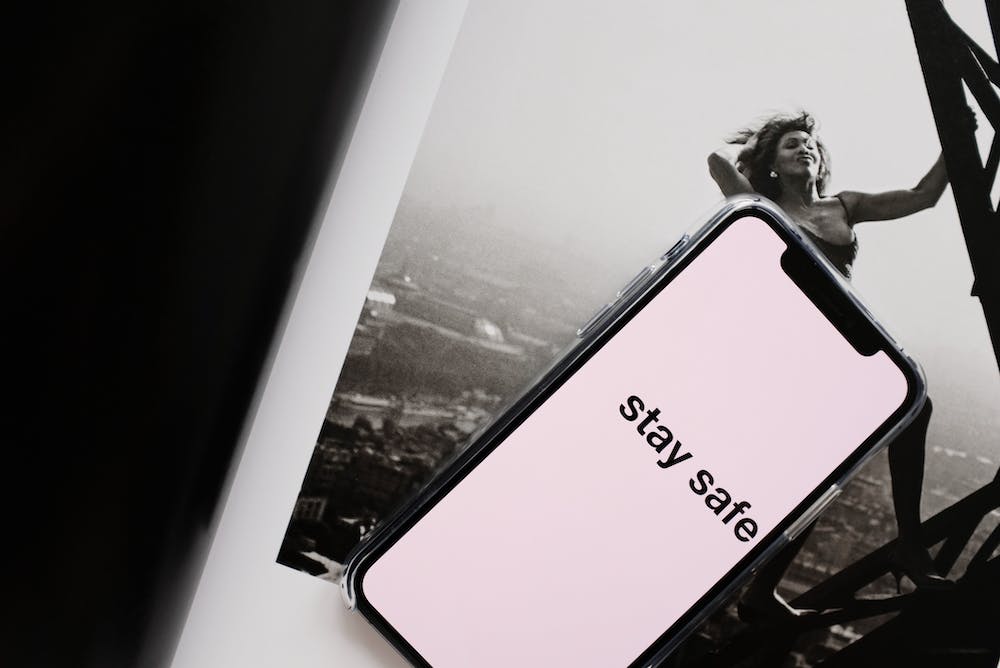How to Keep Your Home Safe from Asbestos
 Asbestos is a mineral that was widely used in construction materials until the 1970s, when it was discovered that it can cause serious health problems such as lung cancer and mesothelioma. Asbestos fibers are very small and can be easily inhaled or ingested, leading to inflammation and scarring of the lungs and other organs.
Asbestos is a mineral that was widely used in construction materials until the 1970s, when it was discovered that it can cause serious health problems such as lung cancer and mesothelioma. Asbestos fibers are very small and can be easily inhaled or ingested, leading to inflammation and scarring of the lungs and other organs.
 If you live in an older home, you may be wondering how to protect yourself and your family from asbestos exposure. Here are some tips to help you keep your home safe from asbestos:
If you live in an older home, you may be wondering how to protect yourself and your family from asbestos exposure. Here are some tips to help you keep your home safe from asbestos:
 – Identify potential sources of asbestos. Asbestos may be found in insulation, roofing, siding, flooring, tiles, popcorn ceilings, pipe wrap, and fireproofing materials. If you are not sure whether a material contains asbestos, you can hire a professional to test it for you.
– Identify potential sources of asbestos. Asbestos may be found in insulation, roofing, siding, flooring, tiles, popcorn ceilings, pipe wrap, and fireproofing materials. If you are not sure whether a material contains asbestos, you can hire a professional to test it for you.
– Do not disturb or damage asbestos-containing materials. If you find asbestos in your home, do not try to remove it yourself. Asbestos fibers can be released into the air when the material is cut, drilled, sanded, or broken. Leave it alone and contact a licensed asbestos abatement contractor to handle it safely and properly.
– Seal or cover asbestos-containing materials. If the asbestos material is in good condition and not damaged, you can seal or cover it with a non-asbestos material to prevent it from releasing fibers. For example, you can paint over asbestos siding or cover asbestos flooring with carpet or vinyl tiles. However, this is only a temporary solution and you should still consult a professional for long-term removal.
– Use proper ventilation and air filters. To reduce the risk of inhaling asbestos fibers, you should ensure that your home has adequate ventilation and air circulation. You can also use a high-efficiency particulate air (HEPA) filter to trap asbestos fibers and other pollutants from the air. Change the filter regularly and dispose of it carefully.
– Wear protective equipment when working around asbestos. If you have to work around asbestos-containing materials, such as during a renovation or repair project, you should wear appropriate protective equipment such as gloves, goggles, respirator, and disposable clothing. You should also avoid eating, drinking, or smoking in the work area and wash your hands and face thoroughly after finishing.

